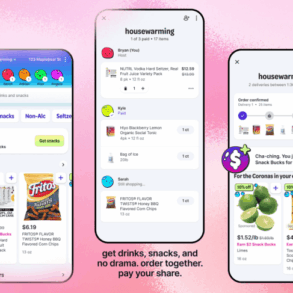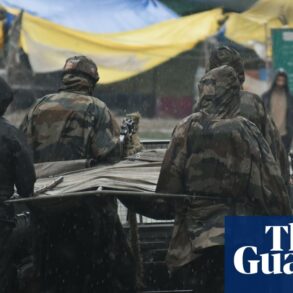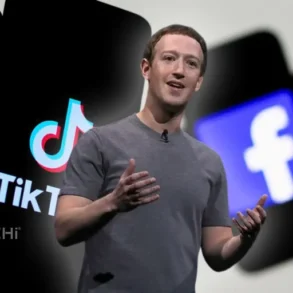
Nepal’s media landscape is changing to a more digital-friendly pattern. Platforms like TikTok, Instagram, Facebook and YouTube are taking the country by storm. But it is necessary to understand and frame this transformation in the right context. The perception that the dominance of these platforms is a challenge or a threat to traditional media is misleading. This rise is a mere reflection of how the content is being consumed rather than a reduction in the demand for the content itself.
More than 90 percent of Nepali Internet users regularly access social media platforms like Facebook and YouTube. The uptake of TikTok and other digital platforms is also high, making it seem as if the use of social media networks has left radio, TV, and print trailing behind. For instance, platforms like TikTok and Instagram dominate entertainment and creative engagement, providing space for people—no matter where they are from—to share their stories and thus thrive on user-generated and driven content.
However, despite the popularity of digital platforms for consuming news, current affairs or in-depth discussions, people still turn to traditional sources like print, television or radio. This has to do with the lack of trust and reliability associated with these social networking sites. Traditional media follow rigorous editorial oversight, from proofreading to background checks, and while platforms like TikTok might excel in entertainment and storytelling, they lack journalistic codes and ethics.
Digital platforms empower individuals to express themselves in ways traditional media organisations or infrastructure cannot. You might see people from rural villages active on TikTok or Facebook, even Instagram, with several thousand followers, a feat that traditional media might never beat.
The rapid penetration of digital technology in Nepal is something traditional media organisations will have to co-exist with. But this coexistence doesn’t diminish the importance of traditional media. The relevance of traditional media for news and communal narratives is still important. The changing media habit is an opportunity rather than a threat, which we, as content providers, advertisers and consumers, need to understand.
The shift we are observing is not in the type of content being consumed but in where and how it is being consumed. The platforms may differ, but the content is still relevant. Digital media complements traditional media rather than replacing it. It is not entirely fair to compare the reach of a TikTok video to a television broadcast or a newspaper article to a meme. These mediums and content serve different purposes and audiences.
The baseline is different for both mediums. Digital media thrives on creativity and entertainment, while traditional ones excel in structure and credibility. The rapid expansion of digital technology in Nepal symbolises the necessity of traditional and digital media complementing (rather than competing with) one another. Digital platforms amplify the reach of traditional media, while the latter provides a foundation of credibility and in-depth analysis that digital platforms often lack.
Most of us consume a mix of both digital and traditional media. And traditional media outlets, recognising this, have started using these digital platforms to amplify their reach. While the two sets of outlets can have meaningful relationships, there are several challenges. Unequal access to technology and lack of digital literacy create a significant digital divide, limiting the ability of the audiences to recognise and engage with authentic information online and on social media platforms, which contributes to the spread of misinformation, as during Covid 19.
Many traditional media outlets face financial constraints, limiting their ability to invest in digital infrastructure, training and personnel. Added to this is a lack of digital skills and expertise in the media industry to leverage digital platforms. Overcoming these challenges requires concrete efforts to address the digital divide, enhance digital literacy, improve digital infrastructure and support the professional development of media professionals. However, I am positive that this divide between these two forms of media will be diminished shortly.
Over time, the methods of disseminating information, or what we call media, have undergone significant evolution. From handwritten newspapers and state-run radio to private media organisations and 24-hour run broadcasts, each phase of this evolution was a leap to get to where we stand now. Maybe, back then, switching from one medium to the other was equally difficult for those running it.
However, each phase marked a significant step towards faster and more accessible means of communication. Today, the rise of digital platforms like social media, websites and online portals represents another leap, making content creation more accessible and information dissemination more interactive and swift.
While discussing the significance of traditional and digital media, we cannot miss the advantage of traditional media in sports coverage, a booming global market. Live sports broadcasts on television offer an unparalleled viewing experience in a way that the real-time updates and highlights in digital platforms cannot. Although streaming on YouTube and other websites is popular, the technology and expertise it takes to do a LIVE broadcast is something only traditional media can currently deliver.
The rise of digital media, or new media, as it is being called, is not the death of traditional media. Ensuring that both digital and traditional media receive the attention of Nepalis is the new challenge.
This post was originally published on this site be sure to check out more of their content






